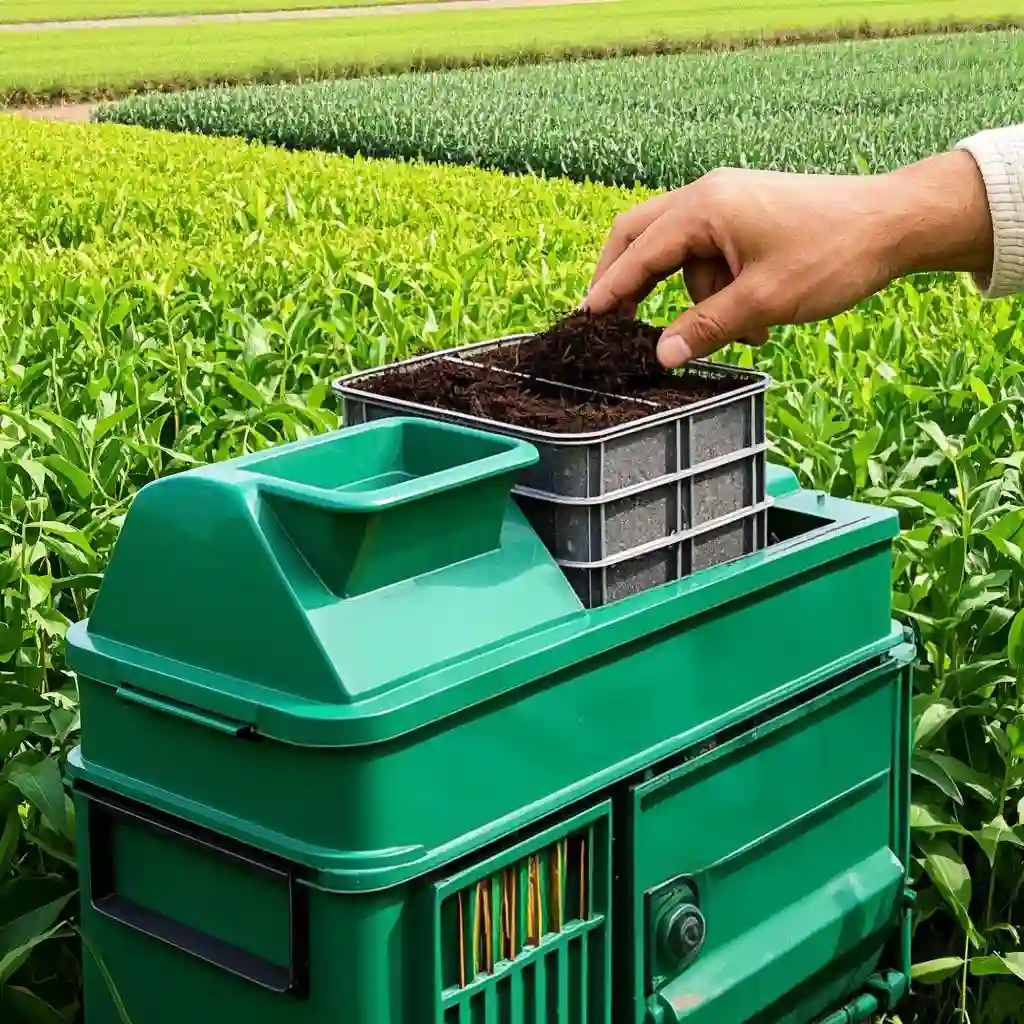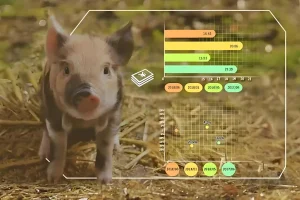The Global Challenge: 39 Billion Tons of Agricultural Waste Annually

Agricultural waste—including crop straw (865 million tons/year), livestock manure (3.05 billion tons/year), and plastic mulch—represents 50% of the agricultural ecosystem. When mismanaged, it causes soil degradation, water pollution, and greenhouse gas emissions. But when recycled, it becomes a $400 billion global resource for energy, fertilizer, and bioproducts.
China’s Progress in Circular Agriculture
Over the past 5 years, China has achieved breakthroughs in 4 key areas:
1. Crop Straw Recycling
- 88% Utilization Rate: 2,579 counties adopted integrated straw management
- Technologies:
▶ Precision tillage for in-situ composting (reduces chemical fertilizer use by 15%)
▶ Industrial applications: biofuels (12 million tons/year), mushroom substrates (8 million tons/year)
2. Livestock Manure Valorization
- 79.4% Recycling Rate: 299 pilot counties transformed manure into organic fertilizer
- Case Study:
Henan Province’s “Manure-to-Energy” Model- Converts 2 million tons of pig manure into 150 million kWh biogas annually
- Saves 120,000 tons of coal equivalent
3. Plastic Mulch & Pesticide Packaging
- 80% Mulch Recovery Rate:
▶ Banned non-standard films (<0.01mm thickness)
▶ Deployed 500,000 tons of biodegradable mulch in Xinjiang cotton fields - 78.9% Pesticide Packaging Recycling:
▶ Nationwide collection network in 1,200 counties
4. Technological Innovation
- Key Breakthroughs:
▶ Low-cost manure dewatering technology (reduces moisture from 80% to 30%)
▶ AI-driven straw moisture sensors (accuracy ±2%) - Industry Alliances:
▶ National Agricultural Waste Consortium (300+ universities, enterprises)
Remaining Challenges
| Challenge | Impact on Profitability | Global Relevance |
|---|---|---|
| High collection costs | Increases processing cost by 25% | Affects smallholder farmers |
| Technological bottlenecks | Limits high-value applications | Hinders bioeconomy development |
| Regulatory gaps | Reduces investor confidence | Impacts circular economy policies |
Roadmap to 2030
China’s Green Agriculture Action Plan outlines:
- Infrastructure Upgrades
- Build 5,000 centralized manure processing facilities
- Deploy 100,000 mobile straw balers in rural areas
- Tech-Driven Solutions
- Develop “zero-waste” smart farms (pilot in Shandong Province)
- Commercialize cellulose-based packaging from crop residues
- Policy Incentives
- $1.2 billion annual subsidies for waste-to-energy projects
- Carbon trading credits for agricultural carbon sinks
Why This Matters for Global Farmers
- Profit: Converting 1 ton of manure into organic fertilizer yields $45 net income
- Sustainability: Reduces agricultural carbon footprint by 12%/year
- Market Demand: EU’s Circular Economy Action Plan creates $20 billion for recycled agricultural inputs
More:
- 2025: The Year Agriculture Enters the AI Era – A New Wave of Transformation on the Horizon IAgricultural AI Revolution
- Algarikon Zero Project: How a Spanish Firm Transforms Invasive Algae for Edible Mushroom Cultivation
- 🔍 Research Uncovers Key Mechanisms of Morel Strain Degradation
- Spain: Edible Mushrooms Found to Alleviate the “Salty” Dilemma of the Meat Industry
- Yunnan’s Morel Mushroom Industry: Current Status and Prospects


